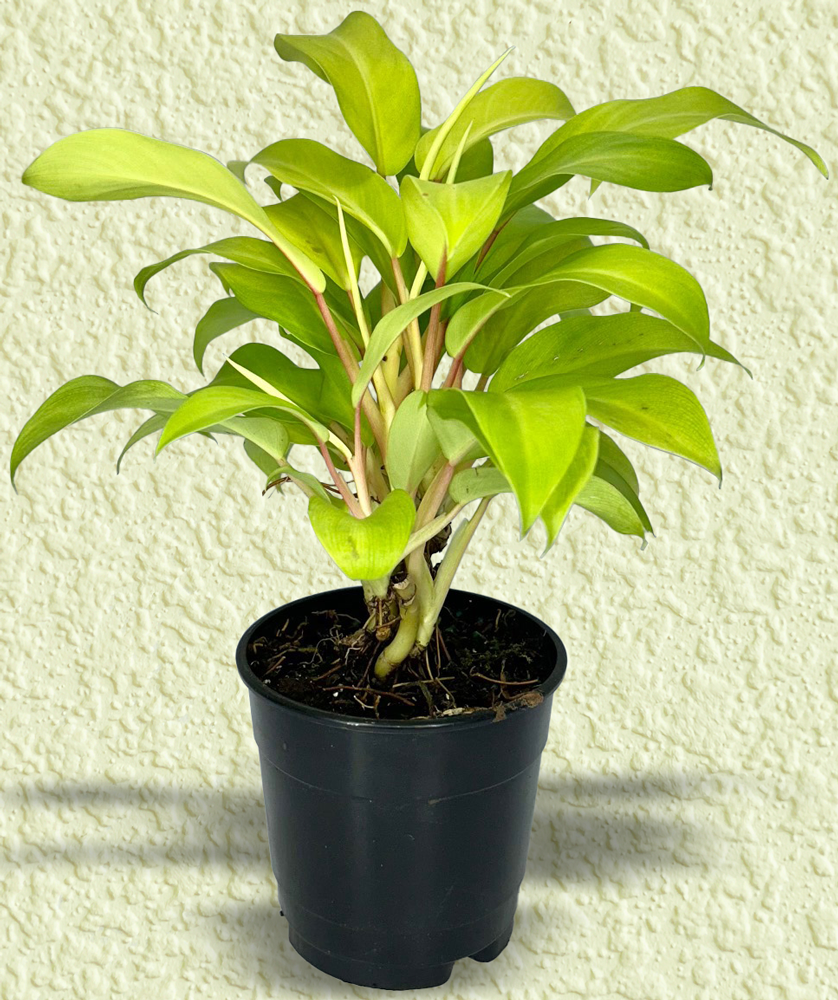![]()
Philodendron, Meconostigma & Pteromischum
Philodendron is a large genus of flowering plants. The name derives from the Greek words philo- 'love, affection' and dendron 'tree'. The generic name, Philodendron, is often used as the English name.
The leaves are usually large and imposing, often lobed or deeply cut, and may be more or less branched in pairs. They can also be oval, spear-shaped, divided or in many other possible shape variations. The leaves are borne alternately on the stem. A quality of philodendrons is that they do not have a single type of leaf on the same plant. Instead, they have juvenile leaves and adult leaves, which can be drastically different from one another.
They also have both aerial and subterranean roots. The aerial roots occur in many shapes and sizes. The number of roots per node depends on the presence of a suitable substrate for the roots to attach themselves. Aerial roots serve two primary purposes. They allow the philodendron to attach itself to a tree or other plant, and they allow it to collect water and nutrients.
PLEASE NOTE: These plants can be Toxic.
Things You Need To Know
A minimum requirement of at least 60° F, or as a houseplant indoors with indirect sunlight. Fertilize about once a month.
Philodendrons often flower at different times.
It needs evenly moist soil throughout the year, but you will likely need to water less in winter. Keep misted for larger leaves
Mature plants can reach 12' - 24" in height, and 10" - 12" wide.
These plants can be mixed with other foliage in most arrangements, but be aware of it's vines.
These plants do well as houseplants and can be around for years.

